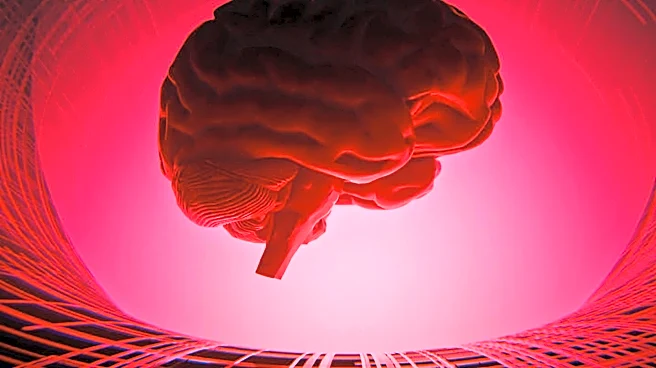What's Happening?
Recent advancements in liver immunology have been highlighted in a special issue that consolidates the latest findings in the field. The issue emphasizes the role of cutting-edge technologies such as single-cell and single-nucleus transcriptomics, intravital imaging, and multiplex immunofluorescence in understanding liver diseases. These technologies have facilitated groundbreaking discoveries, particularly in the study of macrophages in diseased livers. The epidemiology of liver diseases has shifted due to innovations in patient care and lifestyle changes, with a decrease in viral hepatitis cases and an increase in metabolic dysfunction-associated steatotic liver disease (MASLD) and alcohol-associated liver disease (ALD). The issue also explores the roles of immune cells and liver cells in disease progression, highlighting the dynamic range of macrophage phenotypes and their niche evolution.
Why It's Important?
The integration of advanced technologies in liver immunology research is crucial for developing effective treatments and understanding disease mechanisms. The ability to analyze immune cells and liver cells at a single-cell level provides insights into their roles in liver cancer and chronic liver diseases. This knowledge is essential for designing targeted therapies and improving patient outcomes. The shift in liver disease epidemiology underscores the need for continued research and adaptation of treatment strategies to address emerging challenges. By understanding the intricate roles of immune cells and liver cells, researchers can develop more precise interventions and potentially reduce the burden of liver diseases.
Beyond the Headlines
The advancements in liver immunology research have broader implications for the field of hepatology. The use of single-cell transcriptomics and spatial biology has expanded the understanding of immune cell interactions and liver cell functions beyond traditional views. This knowledge can inform the development of novel therapies and improve the management of liver diseases. Additionally, the focus on lifestyle factors and their impact on liver disease epidemiology highlights the importance of public health initiatives to address these issues. As research continues to evolve, it may lead to new approaches in liver disease prevention and treatment.











